The big yellow dirt transporter can be seen coming down a wet clay ramp then going into a righteous six-wheel drift before seamlessly backing into position to receive its payload from an excavator. Something tells us this isn't the first time the operator has flamboyantly slid dump trucks into place. I mean, if you can do this in a Cat 740 without putting a tire out of place, you have to be pretty well-practiced, right?
|
hanks to Ken Block, we know an 8,000-pound Ford F-450 Super Duty can indeed drift. But how about 40-ton dump truck? Surely something as heavy and cumbersome as that has no right partaking in maneuvers usually reserved for lightweight rear-drive sports cars, right? Wrong, as one dump truck driver will demonstrate below.
The big yellow dirt transporter can be seen coming down a wet clay ramp then going into a righteous six-wheel drift before seamlessly backing into position to receive its payload from an excavator. Something tells us this isn't the first time the operator has flamboyantly slid dump trucks into place. I mean, if you can do this in a Cat 740 without putting a tire out of place, you have to be pretty well-practiced, right?
On top of the obvious style points, we gotta hand major props to this guy for efficiency, using the wet, slippery surface to his advantage. Turning lemons into lemonade and all that jazz. Not only would carefully making a U-turn and slowly backing the dump truck in have been a lot less video-worthy but would've also taken way more time. Time is money, people. Although, we suspect this worksite's local occupational health and safety agency won't be nearly as impressed as we are.
Two General Motors employees were arrested in Bowling Green after police caught them racing new Corvettes in excess of 100 mph on public roads.
Alexander Thim, 27, of West Bloomfield, Michigan, and Mark Derkatz, 30, of Windsor, Ontario, were charged with racing a motor vehicle on a public highway, reckless driving and speeding.
Police said around 11:30 p.m. Wednesday they observed three 2020 Corvettes turning onto Lovers Lane and accelerating heavily.
According to the arrest report, a red Corvette reached 120 mph in the left lane and a white Corvette reached 140 mph in the right lane. The posted speed limit on the road was 45 mph. Police said the third Corvette did not participate in the race. Officials said GM owns all three cars involved in the incident. After they were pulled over, the men told police they were GM employees and had recently left the Cue Time bar. Both men were held in the Warren County Regional Jail on a $1,000 bond
Ferrari was one of the first manufacturers to halt production at its Maranello plant in Italy due to the coronavirus outbreak. Initially, the company’s plans were to shut down its factory until March 27 but the unprecedented situation in the country is forcing the Prancing Horse to extend the production stop order.
Ferrari’s new decision is to resume production on 14 April 2020. It’s very important to note that this will happen only if the supply chain works without interruption and is able to provide all the necessary parts and components for the production process. “All activities that can be conducted in smart working will continue to be performed as has been the case in recent weeks,” Ferrari explains in an official press release. “The company will continue to cover all days of absence to those unable to take advantage of this solution.” The company fears there might be supply issues.Ferrari was one of the first manufacturers to halt production at its Maranello plant in Italy due to the coronavirus outbreak. Initially, the company’s plans were to shut down its factory until March 27 but the unprecedented situation in the country is forcing the Prancing Horse to extend the production stop order. Ferrari’s new decision is to resume production on 14 April 2020. It’s very important to note that this will happen only if the supply chain works without interruption and is able to provide all the necessary parts and components for the production process. “All activities that can be conducted in smart working will continue to be performed as has been the case in recent weeks,” Ferrari explains in an official press release. “The company will continue to cover all days of absence to those unable to take advantage of this solution.” The Maranello-based firm also says that “given the huge uncertainty and lack of predictability that the COVID-19 has created,” it will be in a position to provide further financial guidance to the investment community during a call on May 4, when its first-quarter earnings’ will be reported. Just a few days after Ferrari announced it’s temporary stopping production on March 14, the supercar automaker was joined by rival manufacturer Lamborghini. Fiat Chrysler Automobiles, which currently owns Maserati, also said it is halting production in Europe on March 16. According to the latest data from Worldometers, currently, there are 62,013 active COVID-19 cases in Italy, 3,612 of which are being described as critical.
The rear-engine layout of the Porsche 911 has some serious advantages on the drag strip. When you're launching from a standstill, having a lot of the car's weight directly over the rear axle helps you put the power down to the rear wheels. But it also means there's not a lot hanging over the front axle, making the 911 capable of serious wheelies when modified.
ESMotor, a Turkish tuning company, demonstrated that on Facebook earlier this week. The company posted a video of a 2016 911 Turbo S modified by ESMotor lifting both front tires at the drag strip. Despite the all-wheel-drive 911 clearly not having traction at the front, it still managed to run in the mid-eights on its quarter-mile run. As shown in the video, on its third run, the 911 crossed the line in 8.68 seconds and was going nearly 170 mph. The company hasn't listed a power output for its full TT kit, but with a 0-62 time of 2.06 seconds and 0-124 of 5.28 seconds, it's clearly putting out some insane numbers. For reference, our last instrumented test of the 911 Turbo S saw the car hitting 60 in 2.6 seconds and dispatching a quarter mile in 10.9 seconds at 124.4 mph. So clearly this isn't just a grip upgrade; the ESMotor modified 911 charges harder from the beginning and carries a massive speed advantage down the entire strip. Yet, it's not even the fastest car ESMotor has built. The company claims that its full suite of mods—including custom turbos, ECU tuning, transmission upgrades, and more—can boost output to around 1800 horsepower. That's gotten one of their cars into the sevens, ripping through a quarter mile in 7.95 seconds at a bonkers trap speed of 190 mph.
911 wheelie , 911 turbo 1/4 mile , nathan finneman , breed of speed , bos , breedofspeed.org . insane car , porsche 911 turbo
Bentley's W-12 is one of the most interesting engines on sale today. It's called a "W" because, instead of a traditional V shape, the cylinders are laid out in two stacked vees. It's sort of like two VR6 engines sharing one crankshaft.
If you're intrigued by the engine's design as much as we are, then why not kill a few minutes watching a W-12 being assembled at Bentley's Crewe factory in England? This video shows how this engine, found in cars like the Continental GT, Flying Spur, and Bentayga, goes from bare block to full-on drivetrain, all in one go. The video shows the engine being assembled, as well as the moment where it's mated to the transmission, subframe, and front suspension system. There are close-up detail shots of everything, too, meaning you can really nerd out if you're so inclined. There's even a clip of the engine running on a dyno for a few seconds after it's assembled. If you have some time today, it's certainly worth a watch.
ccording to a report from Allpar, the 1000-horsepower crate engine from Mopar, known as the Hellephant, has sold out after just two days. The supercharged Gen III Hemi took the best bits from the 6.2-liter Hellcat and Demon engines and applied them to an aluminum short block that displaces 426 cubic inches by way of a 4.125-inch bore and a 4.0-inch stroke—technically it’s 428 cubic inches, just like Chevy’s “427-cu-in” LS7. The engine was first shown at the SEMA show in October 2018, and presales began on April 26. Mopar never released the production numbers for this first run, although Allpar’s best guess was 100.
We found the $29,995 engine listed on the Summit Racing Equipment site, and you can even add it to your cart—only to find out that 0 are available. Such a tease. If you still have a hankering for 426 cubic inches of Hemi crate engine, Edelbrock can help with a Gen III Hemi that makes 800 horsepower for $24,000, and if you’re more into big-block, naturally-aspirated power, Ray Barton has 426 Hemis up to 800 horsepower, as well as 528-cubic-inch Hemis, if you want four-digit horsepower without a blower. With all the Hellephant engines snapped up so quickly, we hope to see a few under the hoods of project cars soon. You can bet that SEMA 2019 will have a few on display, and with any luck, Mopar will announce that another stampede of Hellephants is on its way. We can’t imagine anyone walking away from such a lucrative crate engine when there’s clearly a market. Maybe Ford and Chevy will get in on the action, as well. This $350,000 Armored Cadillac Escalade Has Gun Ports, Electric-Shock Doors, Smokescreen Systems2/12/2019
Have you ever found yourself cruising down the highway in your Cadillac Escalade wishing your luxury SUV was a bit...safer? I'm not talking about having more airbags or blind-spot monitoring kind of safer, but features like hidden gun ports, ballistic glass, smokescreen systems, and door handles that'll shock the crap out of anyone who tries to invite themselves in. If you have, then Wyoming-based vehicle armoring company AddArmor can help you with that—and all you're going to need is approximately $350,000.
Called the "Executive Protection Escalade," the blacked-out Caddie combines some of the most advanced security and anti-ballistic technology with luxurious and private jet-like interior finishes. The end result is a nearly stock-looking exterior that's anything but in terms of performance, capabilities, and...price.
So what do you get for that much dough? For starters, AddArmor claims that its Escalade with European B6 Level armoring can withstand hits from high-velocity 30-06, 7.62, .556, 9mm, and .44 Magnum rounds—including "prolonged physical attacks from blunt objects like bats and cinder blocks." Bats, phew! Also, the company claims that new carbon composite panels provide armoring that's 10-times stronger than traditional steel plates and 60 percent lighter, meaning the vehicle itself is more maneuverable and therefore faster than the average armored SUV. And, you know, that can be handy when out-running the bad guys.
Speaking of smoking the bad guys, the Escalade rocks other 007-like features like a counter-attack sound cannon that emits extremely high-pitched sound waves, barricade-busting bumpers, 360-degree night vision cameras, a smokescreen system, and my favorite, electric-shock door handles. If all else fails, pepper spray dispensers can be triggered from inside the cabin. And if everything else really fails, gun ports allow occupants to aim at outsiders and discharge their firearms without having to step out of the luxe cabin. In the technology front, the interior sports swanky items like flat-screen TVs throughout, executive seating, Wi-Fi, and premium audio. In terms of security tech, the vehicle is connected to the company's "911 GSOC" center for 24/7, satellite-activated emergency response around the globe. An active mine/explosive device detection system is also employed onboard, as is anti-jamming satellite communications system and law enforcement (red/blue) lighting. It's not clear if the engine receives any kind of performance treatment, but the suspension is beefed-up to comply with the additional weight, and larger brakes are also installed. According to an AddArmor spokesperson, it takes approximately 1,300 hours to build an Executive Protection Escalade, and the current wait time is about seven months from order to delivery.
Honda has done something truly insane. They've transplanted the 189hp engine from their CBR1000RR Fireblade SP superbike into a freakin' lawnmower. Why on earth would the Japanese automaker build such an absurdly awesome piece of lawn care equipment? They have a reputation to uphold.
In 2014, Honda's first "Mean Mower" hit the world record-setting speed of 116 mph. Now, they've partnered with Team Dynamics once again to make a faster, louder, and meaner mower. What speed do you think it will do this go around?
A Chevrolet ad is again causing a ruckus, but this time it's less about style than about substance. According to a report from the Detroit News, Chevy pulled a national commercial at the same time the legitimacy of the statements made in the advertisement were questioned. The spot claimed Chevrolet had better reliability than Ford, Honda and Toyota.
Chevrolet has pulled the ad but says it did so due to a new marketing direction focusing on the Silverado. ADVERTISEMENT XThe dispute regards a new version of the "Real People, Not Actors" ad (you know the ones) titled "Chevy Surprises Competitive Owners When It Comes To Reliability." The description of the video read, "See what happens when competitive vehicle owners find out about Chevrolet reliability." It was posted to YouTube on Jan. 1, 2019, and ran on both national and local channels. The video, which racked up tens of thousands of views and received more thumbs down than up, has since been taken down (a shell of the page can still be seen here). According to the report, the national commercial has also been removed from programming, with the local ads also coming down in following weeks. In the video, the host brings people who are supposedly Ford, Honda and Toyota owners into a room with car-branded sheets covering numerous vehicles. The host "tricks" the owners by leading them to believe their cars are the most reliable vehicles on the road before pulling off sheets to reveal Chevrolet automobiles. The owners are surprised, with one remarking, "You had me bragging." But the manufacturers in the video, Ford, Toyota and Honda, all pride themselves on their dependability and did not take the claims lightly. The report details that all three manufacturers reached out to Chevrolet to challenge the commercial to various degrees. For the purposes of this commercial and these claims, Chevrolet commissioned independent research company Ipsos to conduct a survey. The details specify that reliability is defined as "the percentage of vehicle owners who reported they have not repaired or replaced any vehicle components in the past 12 months (excluding fluids, filters and those related to accident/collision)." The survey sent out 840,979 letters to 2015 model-year vehicle owners, with time in service starting December 2014 through June 2015. Overall, Ipsos received 48,679 responses from Acura, Audi, BMW, Buick, Cadillac, Chevrolet, Chrysler, Dodge, Fiat, Ford, GMC, Honda, Hyundai, Infiniti, Jaguar, Jeep, Kia, Land Rover, Lexus, Lincoln, Mazda, Mercedes-Benz, Mini, Mitsubishi, Nissan, Ram, Subaru, Toyota, Volkswagen and Volvo owners. Full details on the survey can be found here. According to the Detroit News, Chevrolet is denying that their recall of the commercials has anything to do with the dispute. You can see Chevy's statement and the full report here. In a statement to Autoblog, a Chevy spokesperson said, "Chevrolet stands by the reliability claim and the ad remains in the brand's toolbox but we have decided to take it out of the regular rotation at this time to launch new Silverado creative. We have not altered our marketing campaign because of any concerns with the accuracy of our ad content." Chevy added, "We will not comment on conversations with other manufacturers." In the most recent Consumer Reports brand reliability rankings, based on feedback from 640,000 vehicles owners, Honda ranked ninth, Toyota 10th, Ford 20th and Chevrolet 23rd. Beyond the matter of reliability, the Chevy Bolt and Impala did make CR's overall recommendations list of top 10 vehicles by category.
The German government is examining proposals to introduce speed limits on all sections of derestricted Autobahn.
Recommendations drafted by Germany’s National Platform on the Future of Mobility include capping speeds on all of the country’s motorways in an effort to bring overall emissions down to legally-required levels. The country’s transport emissions have not fallen since 1990, reports Reuters, although that’s quite an impressive display of improved engine efficiency given the increased number of cars on the road. Speeds would be limited to 130kph (81mph); a common motorway speed ceiling in mainland Europe. The new restrictions would be joined by generally increased fuel taxes from 2023, with greater increases applied to diesel cars and/or fuel. The report, currently in a preliminary stage, will be finalised by the end of March before being incorporated into new laws. It’s said that not every suggestion will be carried forward, and we think a fair number of car people will be hoping the famous Autobahn stays just as it is. |
///Categories
All
Archives
January 2024
|

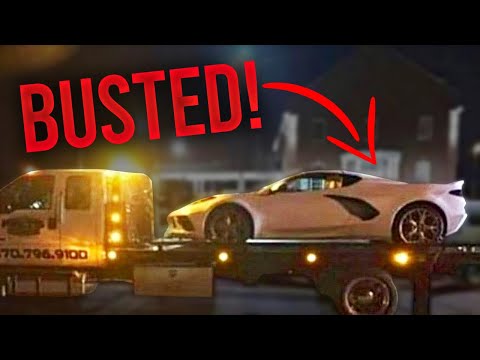

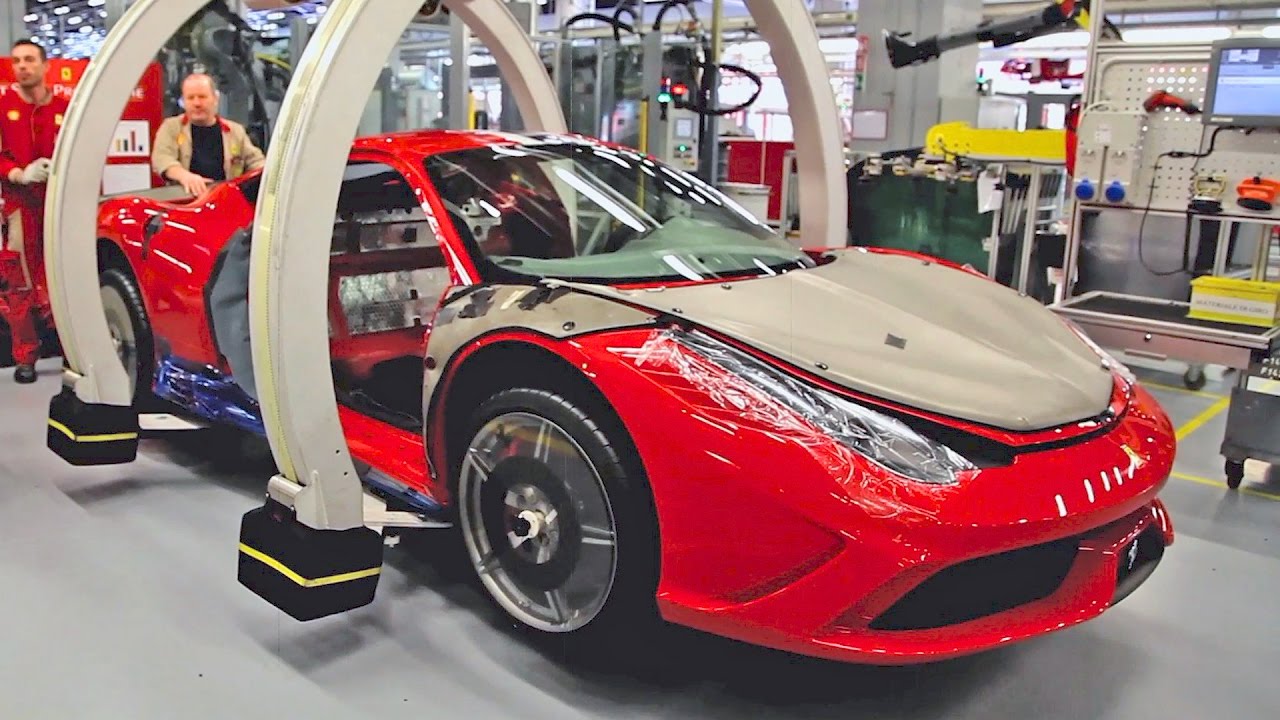
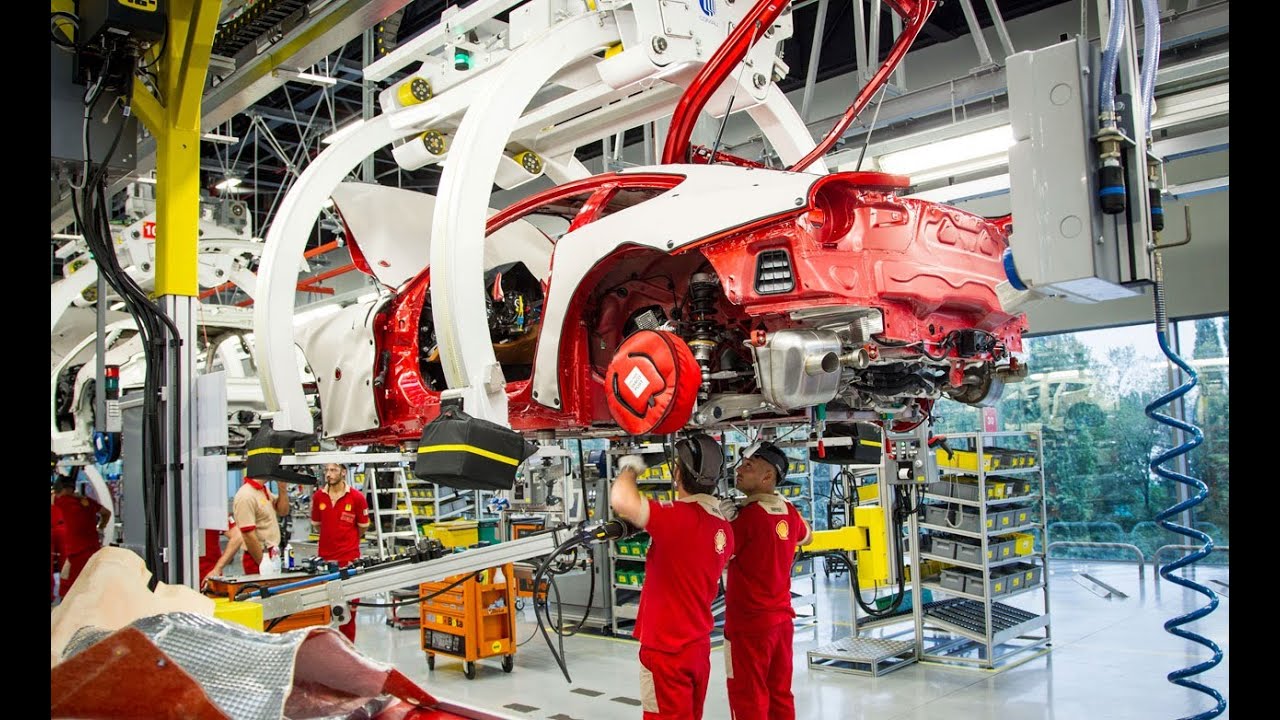
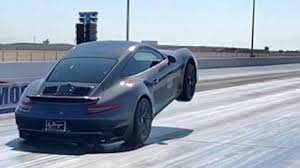
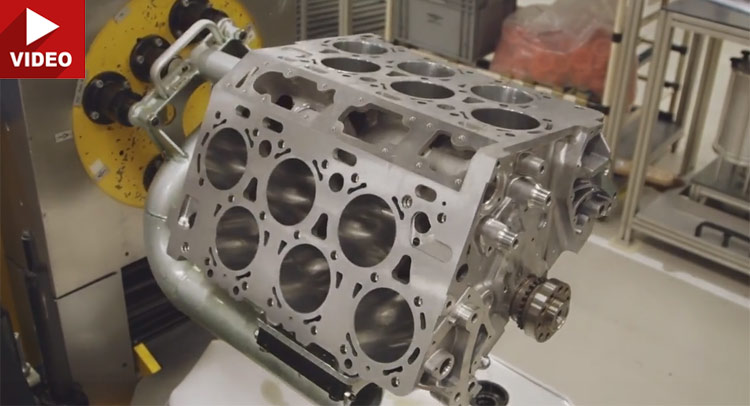
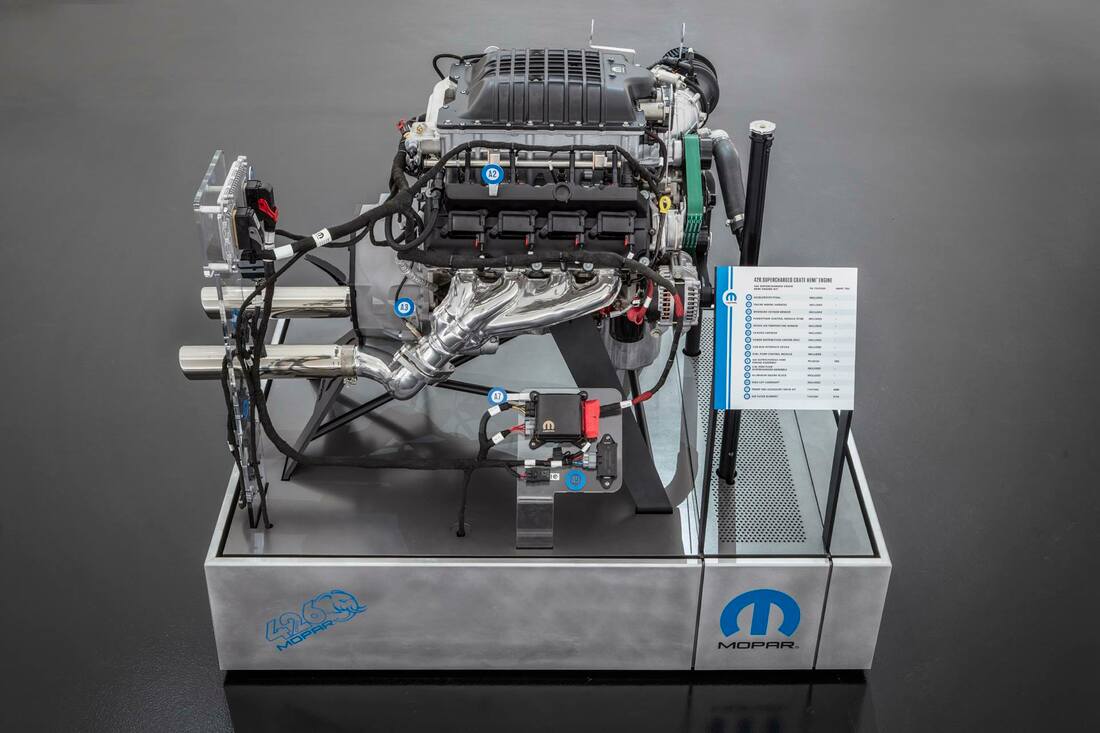
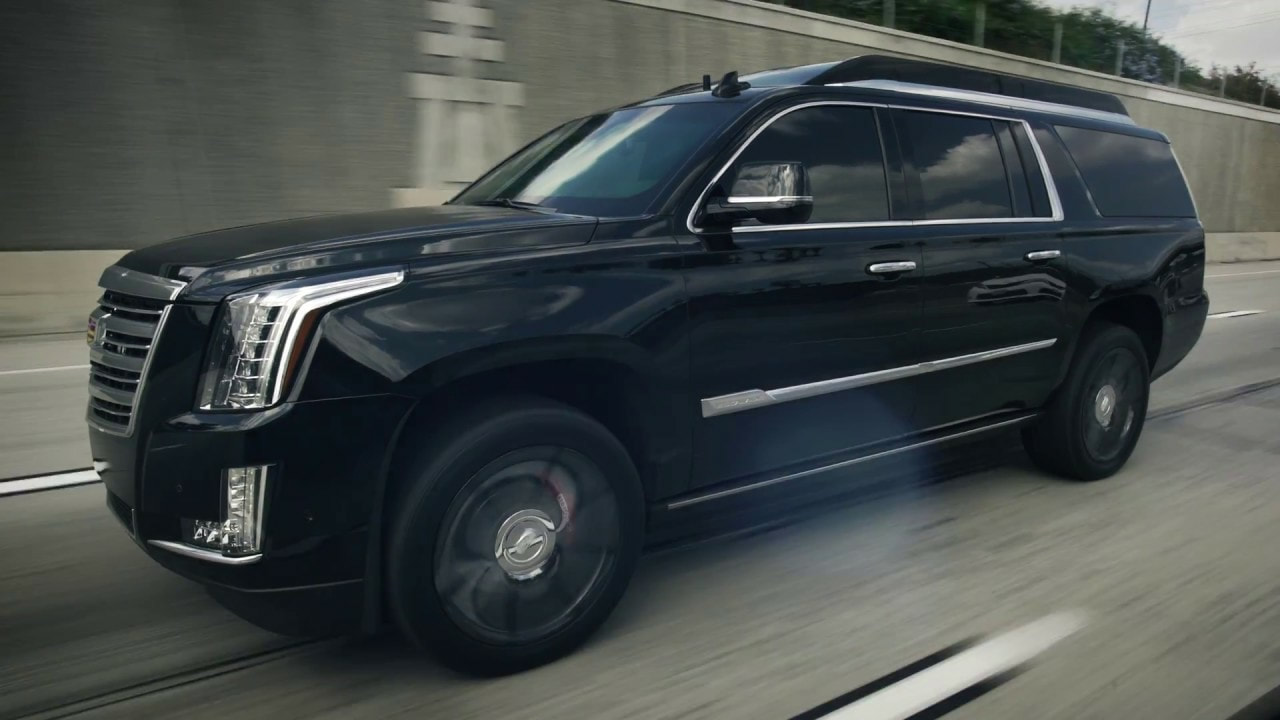


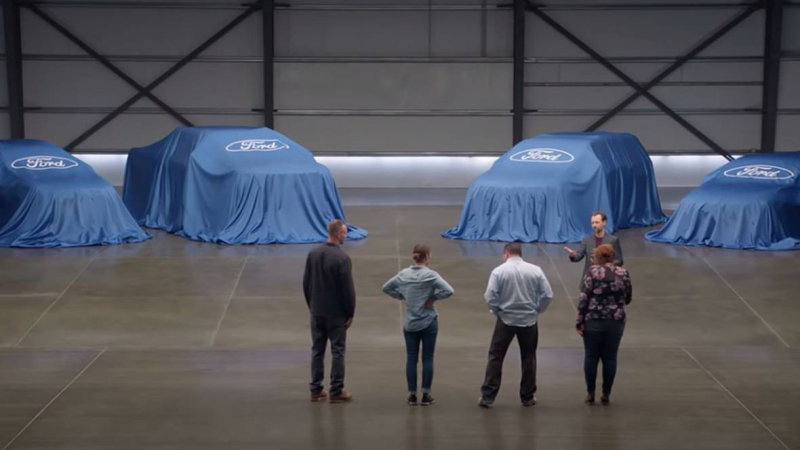

 RSS Feed
RSS Feed